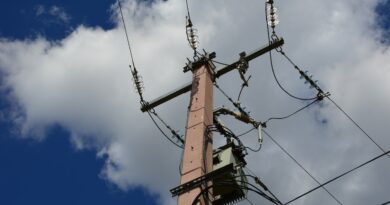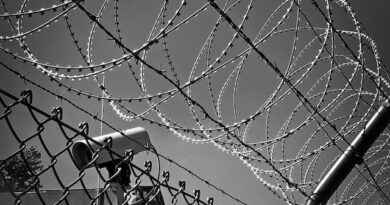Boosting Workplace Safety: Top Strategies from Successful Electrical Safety Audits
Introduction
In today’s fast-paced and ever-evolving workplace, prioritizing safety is paramount. As responsible business owners, we understand the significance of maintaining a safe and secure environment for our employees. Electrical safety audits play a crucial role in identifying potential hazards, mitigating risks, and ensuring compliance with industry regulations. In this comprehensive guide, we will delve into the top strategies derived from successful electrical safety audits that can significantly enhance workplace safety and protect your most valuable asset—your employees.
1. Conduct a Thorough Electrical Hazard Assessment
A robust electrical hazard assessment is the foundation of a successful safety audit. Begin by evaluating the electrical systems, equipment, and installations across your workspace. Identify potential risks, such as outdated wiring, overloaded circuits, and inadequate grounding. It is crucial to involve certified electrical professionals who possess in-depth knowledge and expertise in conducting these assessments. By pinpointing potential hazards early on, you can proactively address them and prevent accidents before they occur.
2. Implement Regular Equipment Maintenance and Inspection Programs
To ensure optimal safety standards, it is imperative to establish a comprehensive equipment maintenance and inspection program. Regularly inspect and maintain all electrical equipment, including wiring, switches, outlets, and circuit breakers. Create a structured schedule to conduct inspections, focusing on critical components and high-risk areas. Consistent maintenance and inspections not only prevent malfunctions but also extend the lifespan of your electrical infrastructure.
3. Develop and Enforce Strict Lockout/Tagout Procedures
The implementation of robust lockout/tagout procedures is crucial to safeguard employees from hazardous energy sources. Create and enforce a stringent policy that outlines the steps to safely isolate and de-energize equipment during maintenance or repair work. Train employees thoroughly on these procedures to ensure compliance and understanding. By strictly adhering to lockout/tagout protocols, you minimize the risk of electrocution, electrical burns, and other potential injuries.
4. Invest in Employee Training and Education
Knowledge is power, especially when it comes to electrical safety. Providing comprehensive training and educational resources to your employees is a proactive approach to mitigating risks. Develop training programs that cover electrical safety fundamentals, hazard recognition, emergency response protocols, and proper use of personal protective equipment (PPE). Regularly update and reinforce this training to keep employees well-informed and equipped to handle potential electrical hazards confidently.
5. Foster a Culture of Safety and Accountability
Creating a safety-oriented culture is pivotal in ensuring sustained workplace safety. Encourage open communication channels where employees can report potential hazards or near-miss incidents without fear of retribution. Establish safety committees or task forces to address safety concerns, implement corrective measures, and continuously improve safety standards. Recognize and reward individuals who actively contribute to maintaining a safe working environment, fostering a sense of accountability throughout the organization.
6. Stay Abreast of Regulatory Changes and Industry Best Practices
The field of electrical safety is ever-evolving, with new regulations and best practices continually emerging. Stay informed and updated on the latest industry standards and regulatory requirements. Regularly review and revise your safety policies and procedures to ensure alignment with current guidelines. By remaining proactive and adaptable, you can ensure that your workplace maintains the highest level of safety, mitigating risks associated with electrical hazards effectively.
7. Regularly Monitor and Review Safety Performance
Continuous improvement is essential for sustaining a safe working environment. Establish a system for monitoring safety performance indicators and regularly review the data collected. Analyze trends, identify areas for improvement, and implement corrective actions as necessary. By consistently evaluating safety performance, you can identify potential gaps and make informed decisions to enhance workplace safety continually.




